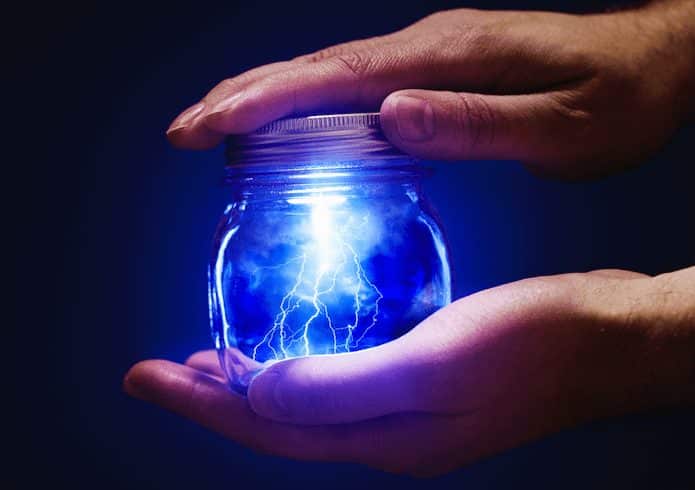Essential elements in today’s science classrooms
By Matthew Cwalina
I have always loved chemistry. To me, chemistry is the perfect science. It is not only hands-on, but also theoretical. It is, in many ways, mysterious, but it also explains the world around us. Finally, chemistry makes our lives better while simultaneously providing a whiff of danger.

When I entered the classroom with my chemistry degree 17 years ago, as a rookie teacher, I dreamed of passing my love of chemistry onto my students. However, a few short weeks into my teaching career, I was faced with the cold reality that in fact, my students did not love chemistry at all, in large part, due to my teaching style.
After consulting my mentor, I learned that I had fallen into the trap of teaching content first, and kids second. In turn, this led to students disengaging in learning the moment they stepped into my classroom. Student questions like, “Why do I have to know this?” and “When am I ever going to need this?” were reflections of my approach to teaching chemistry, and truly deserved a better answer than, “Because it is on the test.”
Luckily, my mentor gave me several strategies that helped me change my style of instruction. Since that moment, I have been fascinated by the challenge of engaging students in learning, and my time in the classroom, as well as my experience in my current role as Discovery Education’s Senior Director of Learning Initiatives, has shown me how important student engagement is to learning. But in the sciences, how can we best engage students in instruction?
Phenomena-driven learning is a starting point. Phenomena are real-world instances in science that may seem extraordinary to students, such as weather events, animal migration, and lunar eclipses. As one of the many important concepts included in the Next Generation Science Standards (NGSS), phenomena-driven learning experiences can be catalysts for engagement. By having students identify and observe a phenomenon, ask questions about those observations, and then investigate the why behind the observations, students are modeling the work, processes, and attitudes of real-life scientists.
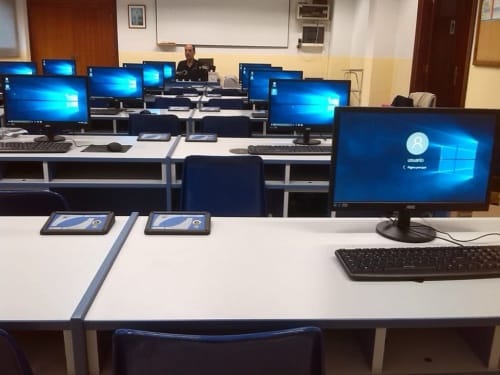 In addition to phenomena-driven learning, high-quality digital resources can help improve student engagement. Today’s students are very comfortable with digital media and other technologies. These resources are a part of students’ daily lives outside the classroom, so why wouldn’t we make them an integral part of teaching and learning?
In addition to phenomena-driven learning, high-quality digital resources can help improve student engagement. Today’s students are very comfortable with digital media and other technologies. These resources are a part of students’ daily lives outside the classroom, so why wouldn’t we make them an integral part of teaching and learning?
High-quality digital resources build student engagement in multiple ways. From a computer, students with digital resources have opportunities to travel, observe, investigate, and interact with a whole new world that they might not otherwise see. In addition, digital resources and educational technologies can provide the visualization that helps cultivate students’ interests and builds their background knowledge.
But students are not the only beneficiaries of the modern learning environments created by digital content and educational technologies. Teachers using these resources are empowered to better personalize learning for their students, as digital resources offer new avenues through which teachers can remove barriers to learning and provide support for struggling readers, non-native English speakers, and visual learners.
Now, what happens when phenomena-driven learning and digital resources are combined in the classroom? In my opinion, this potent combination is a tremendous game-changer in terms of improving student engagement. To get a sense of the power of phenomena-based learning and digital resources, let’s take a look at how this combination could be applied in an Earth Sciences classroom.
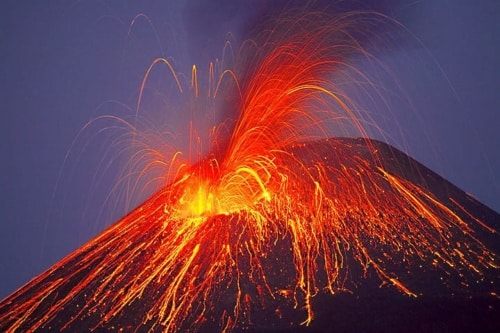 Visiting an active volcano is out of the question for many students, but with high-quality digital resources, an educator can immerse students in observing and questioning what they see when a volcano erupts. Through a Virtual Field Trip (VFT), students can visit a variety of sites, guided by experienced experts, and see firsthand these phenomena in the real world.
Visiting an active volcano is out of the question for many students, but with high-quality digital resources, an educator can immerse students in observing and questioning what they see when a volcano erupts. Through a Virtual Field Trip (VFT), students can visit a variety of sites, guided by experienced experts, and see firsthand these phenomena in the real world.
In a well-executed VFT, the expert is the differentiator. The expert focuses the viewer’s attention around aspects of the phenomena that are specific to the location while involving the participants. Great VFTs are very interactive, allowing students to connect more deeply with the experiences by asking questions, responding to comments, and by conversing with the host.
Augmented Reality (AR) and Virtual Reality (VR) are two more digital resources to combine with phenomena-based learning. While AR blends the digital images into the real world, usually by using apps on mobile devices to view the content in 3D on the device, VR technology creates a completely digital world, typically through one of a variety of headsets.
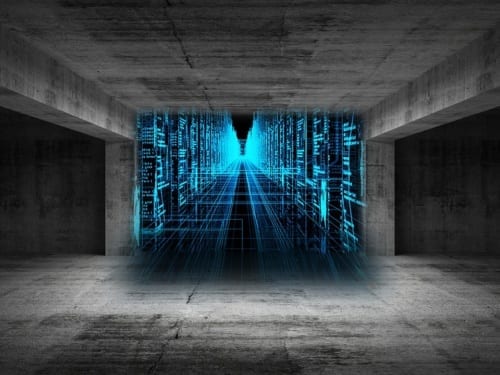
AR and VR are very powerful tools for exploring the microverse of atoms, molecules, and cells. It’s one thing to see a 2D or 3D drawing, or even a video of the inside of the cell. However, using AR/VR technologies in a life science classroom, students are taken beyond the passive consumption of content and propelled towards full engagement with an interactive world in which they can explore the entirety of the cell.
Virtual labs and simulations can also provide quick, efficient, and engaging experiences for students. Virtual labs and simulations provide students access to similar experiences and outcomes that are driven by phenomena. They allow students to generate a lot of data in a relatively short amount of time and can drive student discussions on their experiences and findings. This type of digital experience frees up teachers to facilitate these discussions without the need to set up or tear down labs, an additional benefit of virtual labs and simulations.
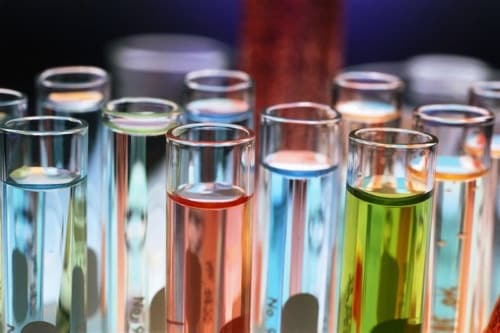 The challenge of finding ways to engage students in learning, and then sustaining that engagement, is not new. However, the standards for engagement have changed and so must educators’ approach to teaching, specifically in the sciences. Each science teacher knows it is a big, wonderful world out there, and as a lover of chemistry, I am always interested in how the essential elements react when combined. So, I encourage you to think of phenomena-based learning and digital content as two essential elements of great teaching and learning. I think you will be pleased with the reaction you will see in the classroom when these elements come together!
The challenge of finding ways to engage students in learning, and then sustaining that engagement, is not new. However, the standards for engagement have changed and so must educators’ approach to teaching, specifically in the sciences. Each science teacher knows it is a big, wonderful world out there, and as a lover of chemistry, I am always interested in how the essential elements react when combined. So, I encourage you to think of phenomena-based learning and digital content as two essential elements of great teaching and learning. I think you will be pleased with the reaction you will see in the classroom when these elements come together!
Author
Further Reading
- edCircuit – New vision for digital learning is a game changer for kids
- Enterprise Innovation – How is Finland building schools of the future?
- Ed Source – Teachers eye potential of virtual reality to enhance science instruction
